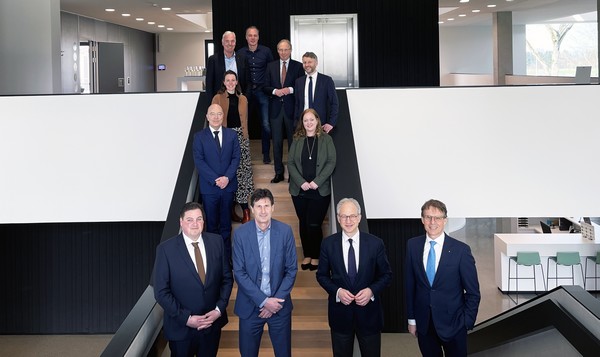Topics such as energy, water and plant protection will once again play an important role in horticulture this year. “But the resulting cost increase is the biggest challenge,” say Matthias Montsma and Richard Schouten of GroentenFruit Huis.
Growth + cost+ remains + a big+ challenge+ for the + horticultural sector
© Vidiphoto
In the past year, many (glass) horticultural companies have focused on energy management. While this will also play a role this year, energy is only part of the cost problem, says Matthijs Montsma, Market & Economy Program Manager at GroentenFruit Huis.
“Issues such as water legislation, the nitrate directive, the labor market, shrinking the resource package and tightening packaging standards also affect the profitability of both fruit and vegetable producers and further down the chain – Producer Associations, Sorting and Packing Stations and Trading Companies ” says Montsma.
Vegetable fruit house director Richard Schouten is raising labor costs as an illustration. “Since the beginning of this year, the minimum wage has increased by 10 percent. The question is, where do entrepreneurs get this money from? Data from the Central Bureau of Statistics shows that inflation in the Netherlands averaged 10 percent last year. The fruit and vegetable sector remained at 5 per cent. Apples have become even cheaper due to the surplus in the European market.’
Good government engagement is critical to sustainable development
MATTHEIJ MONTSMA, MARKET AND ECONOMY PROGRAM MANAGER, GROENTENFRUIT HUIS
According to Schouten, it is necessary that the prices of food rise. ‘Otherwise, growers really won’t last long. In addition, tighter crop protection laws and nitrate problems are destroying crops.’
Schouten says it’s a good move that food maker HAK indicated late last year that it had to shut down production to control energy costs. “HAQ sends a clear signal to supermarkets. We’ve had a few years of retailers putting a lot of pressure on prices. That’s how we, as a sector, show that one day this will stop.”
Mandatory stability
What also greatly affects the ability to earn is the fact that entrepreneurs have to make sustainable development efforts in many different areas. For example, it is necessary to invest in environmentally friendly plant protection products, geothermal energy and solar panels. Schouten: “And the desire to do it all is really there in the sector. The problem is the timeline. We are not yet ready for electrification in the Netherlands.”
Montsma points out that this is why GroentenFruit Huis, among other things, in cooperation with the greenhouse horticulture of the Netherlands, is actively entering into negotiations with the government in order to clarify the sore points of greenhouse horticulture. “Many of the solutions that are currently available are not yet profitable. And there are enough initiatives on the shelf, but the government needs to develop rules to make them easier to implement.”
The fact that the time frame may be too tight also becomes apparent when considering electrification in the transport sector. “There are many companies, including those in the fruit and vegetable chain, that have already switched to electric vehicles. This is what the government wants. At the same time, these companies are now facing a shortage of charging stations for electric vehicles. This clearly shows how important the interaction with the government,” says Montsma.











